Sanyo Chemical is a global specialty chemicals company that produces a wide range of products, including various grades of polyethylene glycol (PEG). Sanyo’s long history in producing PEGs, combined with investment in research and development and manufacturing technologies, has allowed Sanyo to become a trusted supplier of PEGs to various industries. Sanyo’s PEGs are high-quality, water-soluble polymers that are widely used in various industries, including cosmetics and industrial applications.
High molecular weight Polyethylene Glycol (PEG)
Polyethylene Glycol (PEG)
Features of Polyethylene Glycol (PEG)
1. Water-soluble polymer with a wide range of applications.
Since Polyethylene glycol (PEG) is highly soluble in water and not hydrolyzed, it is widely used as a water-soluble base for viscosity adjustment and many other applications.
PEG’s solubility in water is not affected by the presence of electrolytes. It is soluble in hard water and aqueous solutions of salts, as well as acidic and alkaline solutions (except for solutions that are highly acidic/alkaline).
2. Wide lineup of products with a broad range of molecular weights, enabling a variety of functions.
Depending on the molecular weight, functions of Polyethylene glycol (PEG) include smoothing, lubrication, thickening/thinning, plasticization, emulsification/dispersion, heat storage, moisture retention, binding, and antistatic.
For example, PEG with high molecular weight is used as a water-soluble binder and PEG with low molecular weight is used as a plasticizer. PEG is also used as a dispersant, lubricant, heat medium, sensitizer, dust-proofing agent, etc., to express functions suitable for a variety of applications.
3. Used as a raw material for many chemical products.
Both ends of polyethylene glycol (PEG) are primary alcohols, making it easy to esterify and etherify. In addition to surfactants, PEG is used as a raw material for polyesters, polyurethanes, and many other chemical products.
4. Very safe
Polyethylene glycol (PEG) is generally considered to be a safe ingredient with a low potential for toxicity. It is widely used in pharmaceuticals, cosmetics, and personal care products due to its ability to improve the solubility and stability of active ingredients, as well as its non-toxic, non-irritating, and biocompatible properties.
High molecular weight Polyethylene Glycol (PEG)
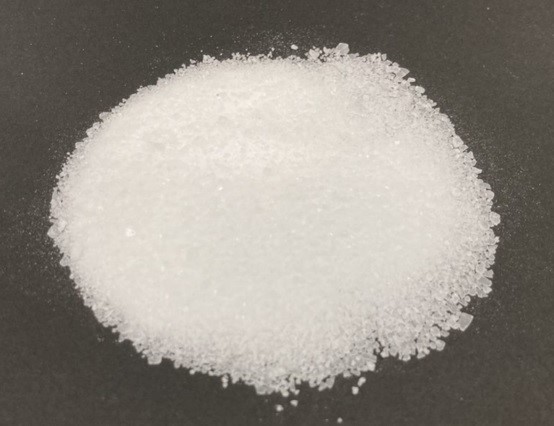
High molecular weight PEGs, also known as solid PEGs, have a molecular weight range of several thousand to several tens of thousands, and they are usually white to off-white solids at room temperature.
Examples of physical properties of Sanyo’s high molecular weight Polyethylene Glycols
| Product Name | Appearance | Number average molecular weight *1 |
Hydroxyl Value *2 |
pH *3 |
Color (APHA) *4 |
Hardening point °C | Kinematic viscosity mm2/s (210°F) |
Flash point °C | Specific heat kJ▪kg-1K-1 *5 |
Heat of melting kJ/kg |
|---|---|---|---|---|---|---|---|---|---|---|
| PEG-4000N | White flakes | 3,100 | 36 | 6.5 | 10 | 55 | 80 | 270 | 2.3 | 180 |
| PEG-4000S | White flakes | 3,400 | 33 | 6.5 | 10 | 56 | 80 | 265 | 2.3 | 180 |
| PEG-6000P | White powder | 8,300 | 13 | 7.0 | 10 | 58 | 800 | 256 | 2.3 | 190 |
| PEG-6000S | White flakes | 8,300 | 14 | 6.5 | 10 | 59 | 800 | 256 | 2.3 | 190 |
| PEG-10000 | White flakes | 11,000 | 10 | 6.5 | 10 | 59 | 2,100 | 260 | 2.4 | 190 |
| PEG-20000 | White flakes | 20,000 | 5.6 | 7.0 | 10 | 60 | 14,000 | 296 | 2.5 | 190 |
*1 Value obtained from hydroxyl value
*2 Pyridine acetate anhydride method
*3 Measured in 5 mass% aqueous solution
*4 Measured in 25 mass% aqueous solution
*5 Average value from hardening point to 100°C
Examples of applications of high molecular weight Polyethylene Glycol “PEG”
Cosmetics and toiletries |
Binder
PEG-4000S, PEG-6000S, and other PEGs with large molecular weights have a high binder effect and are water soluble, so they can be used as binders for solid face powders and enzymes for detergents. Anti-caking agentPEG-6000S can be used as an anti-caking agent for powdered detergents. Anti-cracking agentPEG-6000S can be used as an anti-cracking agent for solid soap. Dust Preventive agentPEG-6000S can be used as a dust inhibitor for powder products such as powder cosmetics and powder detergents. |
|---|---|
Textile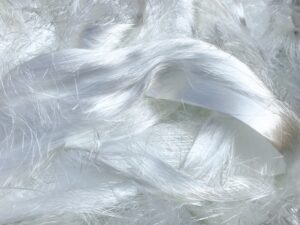 |
Antistatic agent
PEG-4000S, and PEG-6000S can be used as antistatic agents for polyester fibers. |
Rubber industries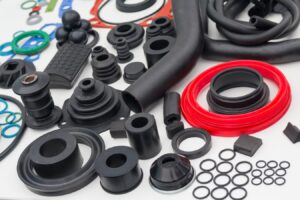 |
Lubricant
Adding PEG-4000S to natural and synthetic rubbers during mixing improves flowability, dispersion of fillers such as carbon black, and improves vulcanization speed. In addition, it facilitates the release of rubber from the mold during demolding. Lubricant for moldingPEG-4000S can be used as a lubricant when molding natural or synthetic rubber. After molding, PEG can be easily removed from the rubber surface by washing with water. |
Resin industries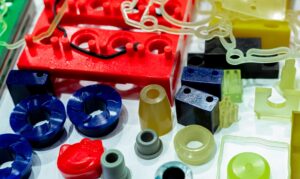 |
Lubricant
PEG-6000S can be used as a lubricant for nylon and polyacetal resins. PlasticizerPEG-4000S can be used as a plasticizer for urea resin. Antistatic agentPEG-4000S and PEG-6000S can be used as kneading antistatic agents for polyester resin, ABS resin, nylon and polyacetal resin. Resin modifierPEG-4000S and PEG-6000S can modify polyester, alkyd, and polyurethane resins by utilizing hydroxyl groups at both ends of PEG to impart flexibility and hydrophilic properties. |
Metal industries |
Lubricant
PEG-20000 has particularly good lubricity and can be used as a water-soluble press oil base for press working of steel plates. Quenching oilPEG-20000 in aqueous solution has excellent slow cooling properties for steel during quenching, so it can be used as a base for water-soluble quenching oil. Binder and dust suppressantPEG-4000S can be used as a binder in powder metallurgy manufacturing using metal powders and as a dust inhibitor for aluminum oxide abrasives. |
Ceramics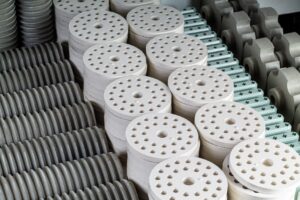 |
Binder
Mixing PEG-4000S or PEG-6000S with aqueous solutions of polyvinyl alcohol, polyvinyl acetate, or gum arabic in ceramic materials makes them sticky and easy to mold and prevents them from cracking. When PEG-20000 is used as a binder for fine ceramics, it provides good dispersibility and shape retention, and leaves no sludge after firing. |
| Paper manufacturing |
Lubricant
Lubricant PEG-4000S can be blended with starch or protein glue and used as lubricants in calendar in the paper making process. |
| Wood industries |
Preservative agent
If the moisture in wooden buried cultural properties is gradually replaced with PEG-4000S for preservation, deformation of the buried cultural properties can be prevented. |
| Agrochemicals |
Binder
PEG-6000S can be used as a binder for agrochemical granules. Formulation additiveEffective in adjusting the flowability and preventing caking of powders, flowable formulations and dry flowable formulations. |
| Chemicals |
Raw Material for Surfactants
Various surfactants can be synthesized using the hydroxyl groups at both ends of polyethylene glycol (PEG). Among them, esterified products with higher fatty acids are typical surfactants used as emulsifiers, dispersants, and detergents. Raw material for chemical productsThe hydroxyl groups at both ends of PEG are modified (alkyl etherification, amination, carboxylation, glycidyl etherification, esterification, etc.) and used as raw materials for chemical products. |



